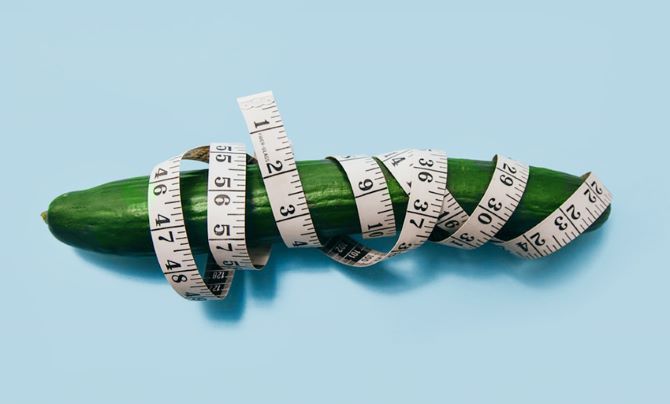Foods with so-called “negative calories” are those that require more energy for the body to process than they contain. How they aid in maintaining weight and which ones to incorporate into your diet are explained on Joy-pup.
How Does Negative Calorie Work?

Every food we consume requires energy for digestion, absorption, and metabolism. This process is called the thermic effect of food. Low-calorie foods high in water or fiber demand more effort from the body to process them. They help to:
- Reduce the overall calorie intake.
- Boost metabolism.
- Provide essential vitamins and minerals to the body.
It’s important to remember that a weight-loss diet shouldn’t revolve solely around negative-calorie foods. To achieve optimal metabolism and support weight loss, you also need a variety of foods that provide energy, such as:
- Animal proteins (eggs, chicken).
- Plant-based proteins (tofu, soy).
- Healthy fats (nuts, seeds, extra virgin olive oil).
Negative-Calorie Foods

- Celery
Celery tops the list. It’s almost entirely water and fiber, with minimal calorie content. - Cucumbers
Cucumbers are also very low in calories and rich in water, making them an ideal addition to light snacks. - Zucchini
This vegetable is great not only for salads but also as a base for main dishes. Zucchini is filling while adding virtually no calories to your diet. - Apples
Apples contain natural sugars, but their high fiber and water content ensure the body spends energy on digestion. - Broccoli
Broccoli is packed with vitamins and minerals while stimulating active digestion. - Grapefruit
Grapefruit is often referred to as the “slimness fruit” for its ability to boost metabolism.

Makeup in the Key Shades of New Year 2026: 5...
10 December 2025

Long-lasting evening makeup: how to maintain a...
8 December 2025

3 Haircuts That Will Make Your Face Look...
7 December 2025




Only registered users can leave comments